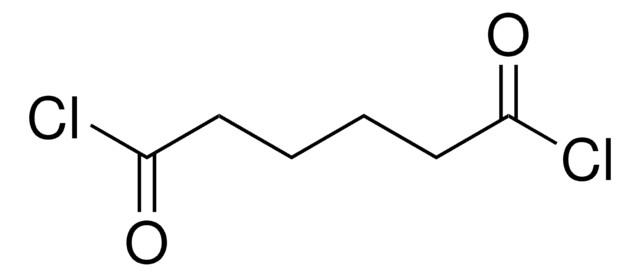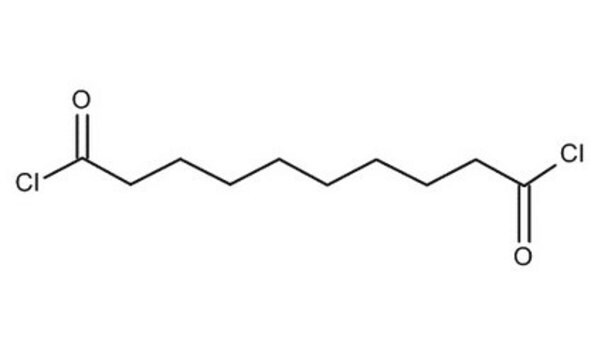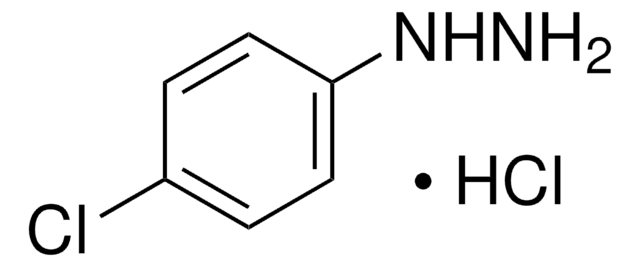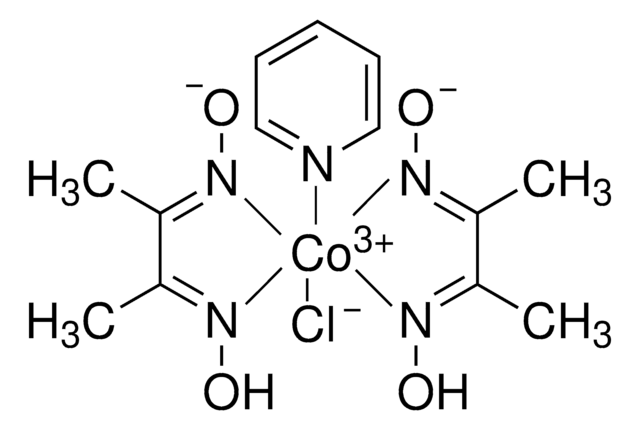131784
Sebacoyl chloride
technical grade, 92%
Sinónimos:
Sebacyl chloride
About This Item
Productos recomendados
grade
technical grade
Quality Level
assay
92%
form
liquid
refractive index
n20/D 1.468 (lit.)
bp
168 °C/12 mmHg (lit.)
mp
−5-−3 °C (lit.)
density
1.121 g/mL at 25 °C (lit.)
SMILES string
ClC(=O)CCCCCCCCC(Cl)=O
InChI
1S/C10H16Cl2O2/c11-9(13)7-5-3-1-2-4-6-8-10(12)14/h1-8H2
InChI key
WMPOZLHMGVKUEJ-UHFFFAOYSA-N
¿Está buscando productos similares? Visita Guía de comparación de productos
Other Notes
signalword
Danger
hcodes
Hazard Classifications
Acute Tox. 4 Oral - Eye Dam. 1 - Skin Corr. 1B - STOT SE 3
target_organs
Respiratory system
Storage Class
8A - Combustible corrosive hazardous materials
wgk_germany
WGK 3
flash_point_f
235.4 °F - closed cup
flash_point_c
113 °C - closed cup
ppe
Faceshields, Gloves, Goggles, type ABEK (EN14387) respirator filter
Elija entre una de las versiones más recientes:
¿Ya tiene este producto?
Encuentre la documentación para los productos que ha comprado recientemente en la Biblioteca de documentos.
Los clientes también vieron
Nuestro equipo de científicos tiene experiencia en todas las áreas de investigación: Ciencias de la vida, Ciencia de los materiales, Síntesis química, Cromatografía, Analítica y muchas otras.
Póngase en contacto con el Servicio técnico

















